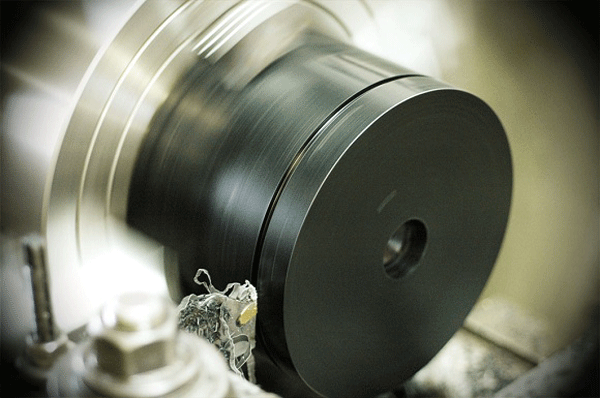Whether you are an engineer or someone who works with different materials every day, we can all come to agree that there are many discrepancies among the materials we use on a daily basis: wood, metal, chemicals, plastics, and the list can go on and on. Sometimes we want to inform ourselves a little bit more and get a better understanding why certain materials react the way they do.
One of the most common questions that arises when working in an industrial environment is ‘what is the difference between delrin and acetal?’. Well, there are quite a few differences between machining delrin are machining acetal. Below we’ll go over the two materials and the distiction between them:
Both delrin and acetal refer to a class of polymers known as polyoxymethylene, otherwise abbreviated as POM. You may also know these as polyacetal, polyformaldehyde, or acetal which all refer to a type of engineering thermoplastic. This kind of plastic is mostly used to form precision parts that have to be stiff, have low friction and that also need to have great dimension stability. Some of the most common parts that are frequently made from acetal and delrin plastics include wear strips, rollers, bushings, and any other application that needs a combination of low moisture absorption, chemical resistance, dimensional stability and strength.
Delrin is a name given to identify acetal homopolymer and acetal is the name given to identify acetal copolymer and most people in the plastic industry would use these names. The difference between the two is the subunit in their chains. Delrin only contains a single type of subunit whereas copolymers are polymers that contain a mixture of subunit in their chain. They both have their own positives and negatives and it mostly depends on what you wish to use them for.

The Positives and Negatives of Machining Delrin Lathe:
- The number one advantage that machining delrin milling has is its higher level of crystallinity which basically means that it has better mechanical properties. This would include resistance to creep, impact and tensile strength.
- One major disadvantage regarding delrin is the fact that there is a small number of resin producers and that can eventually lead to higher prices. Another disadvantage of machining Delrin is the centerline porosity which could affect some products.
The Positives and Negatives of Machining Acetal:
- The positives of acetal are that there is no centerline porosity, there is better property retention when the temperatures rise, lower resin and price, FDA approved in black and natural, and is much more resistant to chemicals such as fuels or any kind of solvent.
- The major disadvantage of this material is the lower levels of crystallinity which could affect some mechanical processes. Some studies have shown that this does go away after 12-24 months.
No matter what your choice of material is, there are always going to be some positive and negative sides of each material you use. In an industry that is constantly changing and improving you could be using one material one day and another the next. Your choice of plastic, metal, wood, chemical, or other should be based on what material would work best for each product. Make sure that prior to making your final decision about a certain material, you conduct a few testing session and evaluate the result you get. The best knowledge comes from experience, trial and error.
